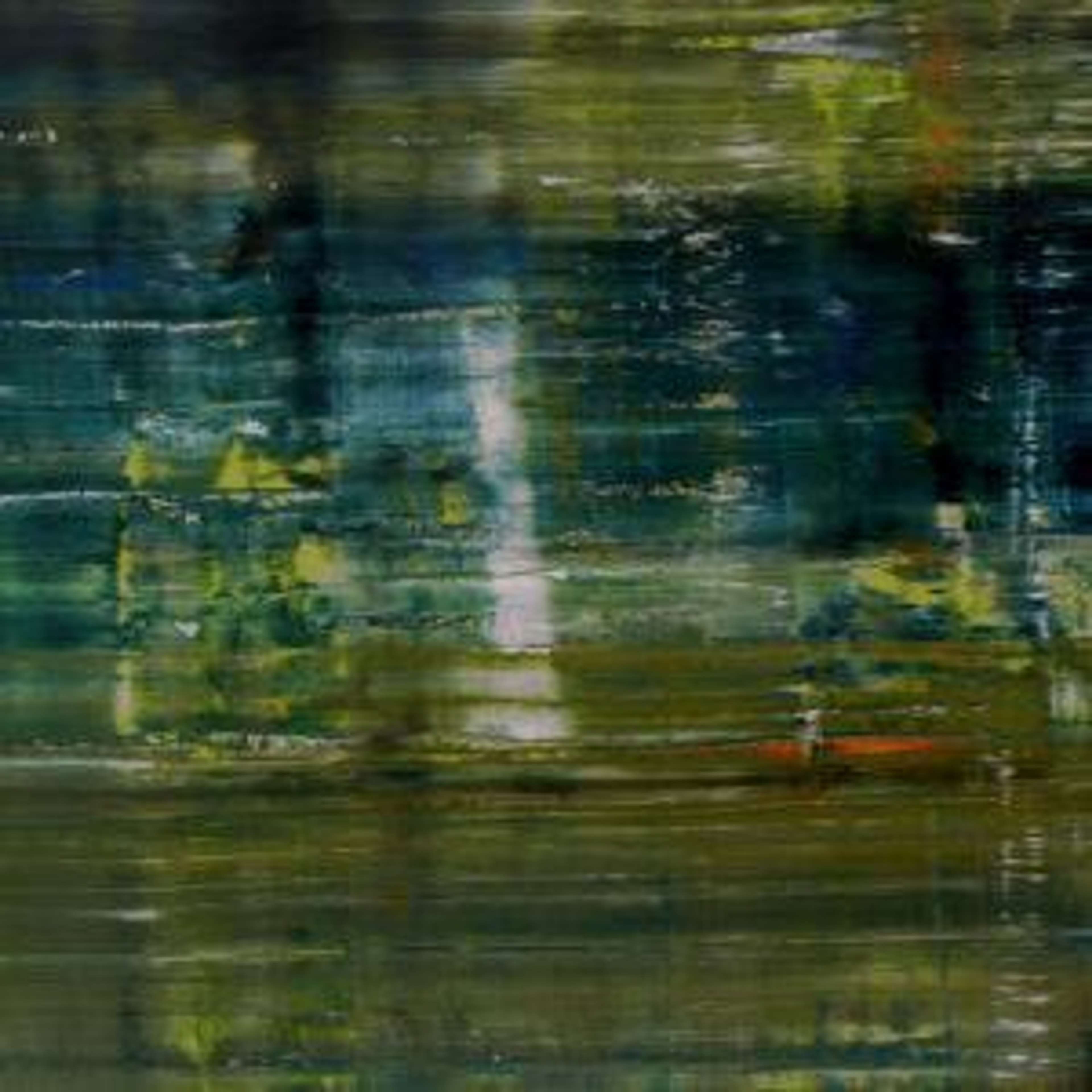
Cage (P19-1)

Cage (P19-1)
Unsigned Print
Gerhard Richter
£14,500-£22,000
$29,000-$45,000 Value Indicator
$27,000-$40,000 Value Indicator
¥140,000-¥210,000 Value Indicator
€17,000-€25,000 Value Indicator
$150,000-$230,000 Value Indicator
¥3,010,000-¥4,570,000 Value Indicator
$19,000-$29,000 Value Indicator
There aren't enough data points on this work for a comprehensive result. Please speak to a specialist by making an enquiry.
100 x 100cm, Edition of 200, Giclée print
Auction Results

Track auction value trend
Meaning & Analysis
An unsigned print by seminal German artist Gerhard Richter, Cage (P19-1) was issued in a limited edition of 200. Part of the Cage Prints series, it is another standout example of the artist’s unique approach to abstraction and is made after one of a number of large scale paintings first exhibited together at the 2007 Venice Biennale.
Imbued with the same sense of foreboding that accompanies the artist’s famed Dead paintings (1988) - photo paintings depicting the body of German terrorist Ulrike Meinhof, ringleader of the famed Baader-Meinhof Gang or Rote Armee Fraktion - Cage (P19-1) combines elements of Richter’s penchant for historical painting with a deep meditation on non-representational art and abstraction. Save for a streak of brighter oil paint, which marks the centre of the image with a sense of directionality and dynamism, the work combines hues of blue and grey with moss-like greens.
Typical of prints made after Richter’s ‘squeegee’ paintings, such as Cage Grid I Single Part L (2011) or Cage f.ff II (2015), the work references a unique creative process that sees the artist use large, home-made squeegees to drag layer upon layer of oil paint across the canvas surface. Born in the East German city of Dresden, Richter inscribes this work with the trace of his early artistic training in the same city - albeit in the negative. Strictly ideological in its remit, save for a few exceptions, the Dresden Academy was committed to the reproduction, via its students, of a ‘socialist realist’ style of painting. In Cage (P19-1), ideology is nowhere to be seen: rather, it has been banished to the murky depths of the non-representational, never to return.